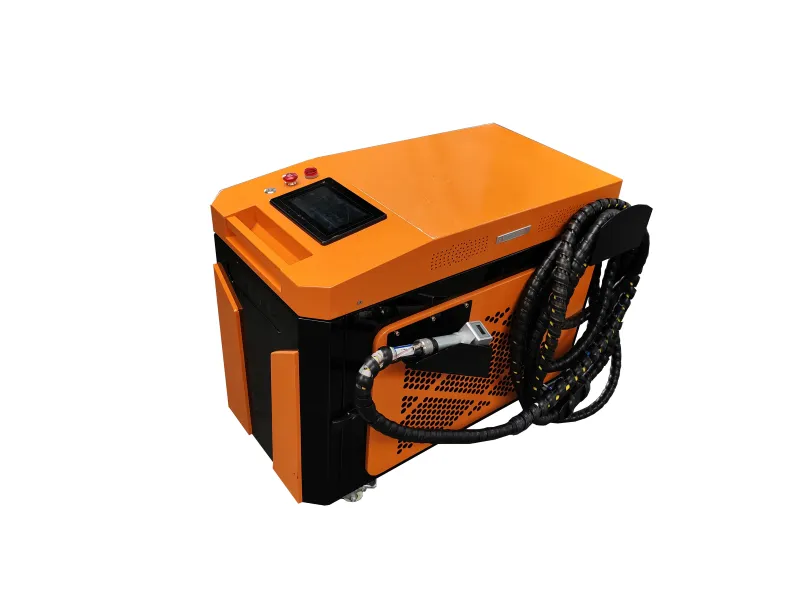1. What is "laser cleaning "?
In fact, laser cleaning is no different from washing your hands and face. As long as you figure out what the pollutants are and what the base material is, you can remove the pollutants without damaging the base material. This is laser cleaning. The purpose of washing your hands is to remove stains from your hands without damaging your hands. Laser cleaning is essentially based on different lasers that work on different substances to remove pollutants without damaging your hands.
2. What fields can "laser cleaning" be applied to?
In theory, everything can be cleaned. If the cost is not considered, almost everything can be cleaned. Just figure out what the pollutant is and what the base material is, and then choose different lasers and different laser energy densities to ensure that the pollutants are removed without damaging the base material.
3. The concept of "laser cleaning":
We often receive questions from customers about whether laser cleaning will damage the workpiece. Before we clean, the first thing we have to do is to figure out what the substrate material is and what the pollutants are. The main core of laser cleaning is actually to remove pollutants without damaging the substrate. For example, laser rust removal, the pollutant is the rust layer, and the base material is metal. When this goal is clear, then select the appropriate laser, the appropriate machine, set the appropriate parameters, and then implement the cleaning task.

4. Types of "laser cleaning”:
Laser rust removal is a branch of laser cleaning that is relatively mature in application. At present, the economic benefits of a good laser rust removal machine far exceed that of traditional cleaning methods. Laser rust removal is also very common in life. Let's break down the logic of laser rust removal from a professional perspective. The first step is to determine what the pollutant is and what the base material is. Our purpose is to remove the pollutant without damaging the metal. If it is rust, then we need to choose the appropriate laser type. What is the laser type? In simple terms, it is a laser of different wavelengths.
At present, there are only three kinds of lasers that are really used in laser cleaning, fiber lasers with a wavelength of 1064nm, CO2 lasers with a wavelength of 10600nm, and ultraviolet lasers with a wavelength of 355nm. For rust, the most suitable one is naturally fiber laser. This is because the absorption rate of iron rust to fiber lasers is very high, and the cost performance of fiber lasers is very high. It is the laser type with the highest neutral price ratio of the three lasers.
5. What fields can "laser cleaning" be used in?
Laser paint removal, laser rust removal, laser cleaning of molds, laser cleaning of ships, laser cleaning of steel products, laser cleaning of cultural relics, etc. have all moved from laboratories to social production. For example, laser paint removal, ships, aircraft, etc., all need to be repainted after regular paint removal. At present, the main paint removal process is pickling. Although pickling is also very cost-effective, it is inefficient and easy to hurt people. More importantly, the waste liquid treatment cost after pickling is extremely high, and if it is not treated, it will pollute the environment. As environmental protection policies become more and more stringent, this method is facing elimination. Laser cleaning molds is a very mature field of application. The cost of laser cleaning is ten times lower than that of traditional dry ice cleaning, and it is only one-tenth of the cost of traditional cleaning.

